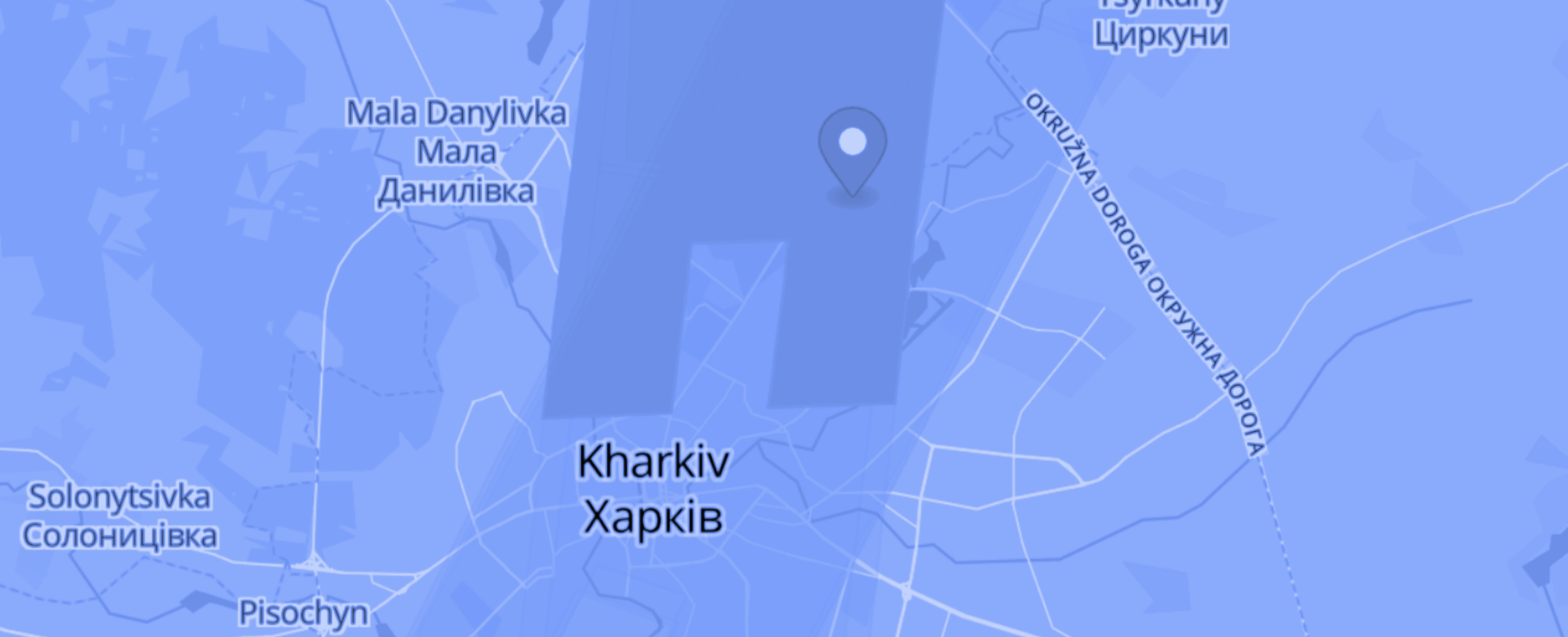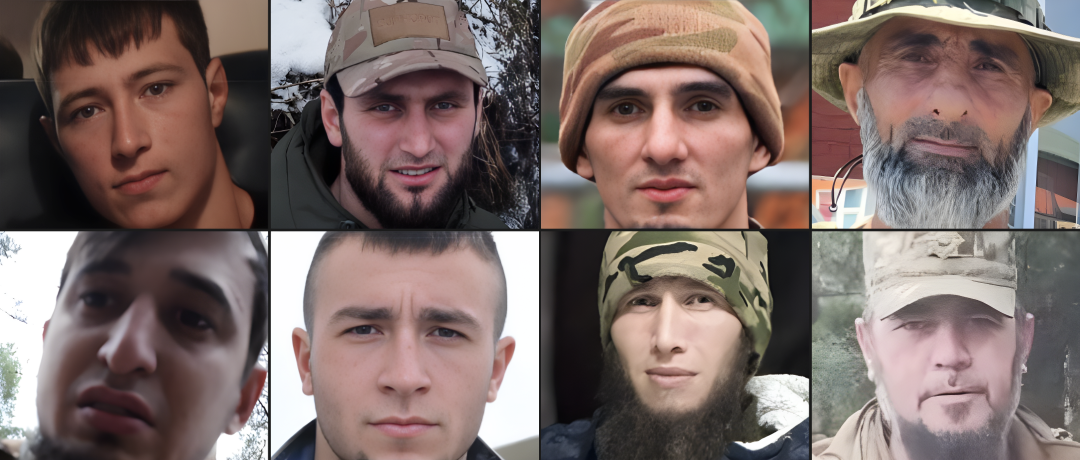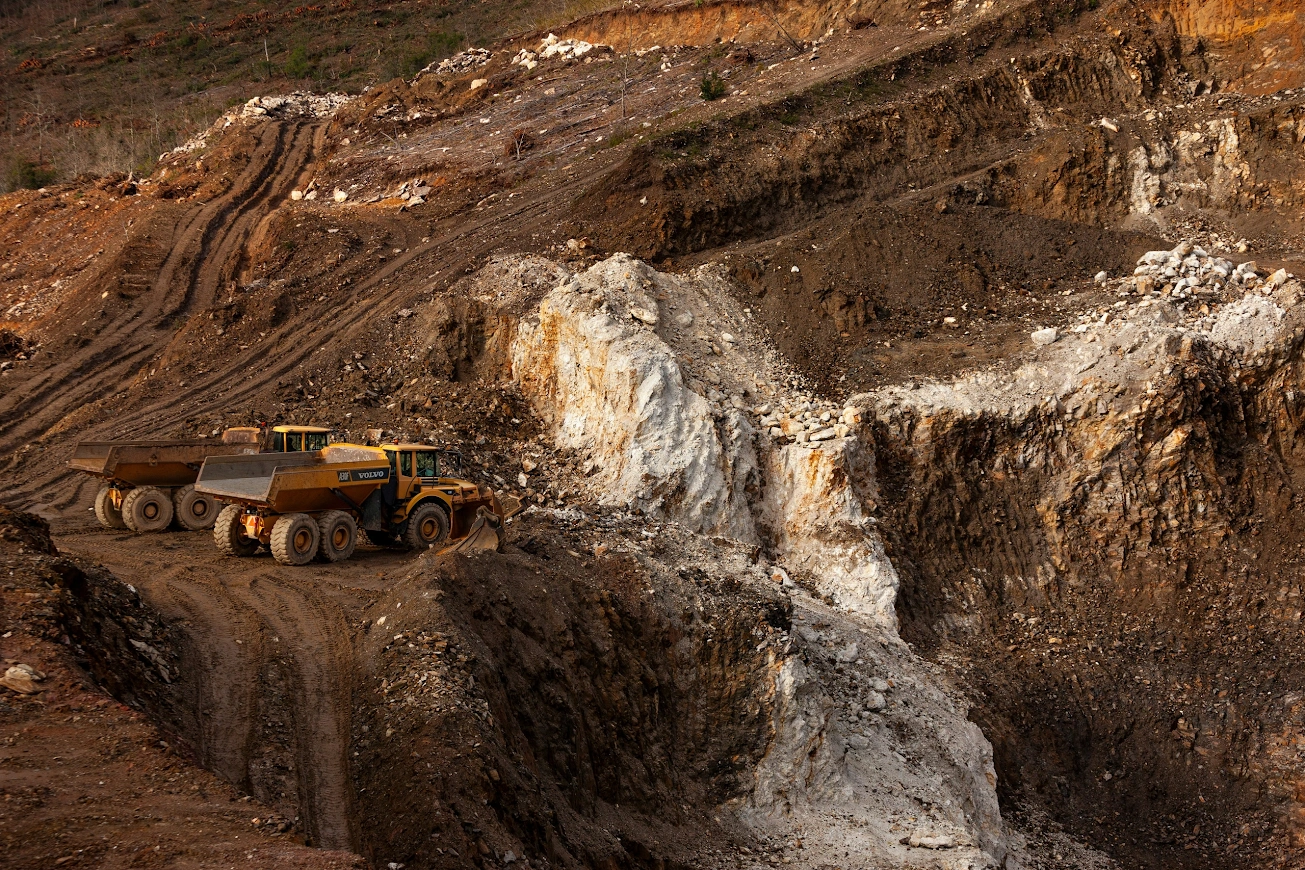23/05/2024
Do global companies that sell satellite photos thoroughly vet their customers? Officially, both Maxar and Planet do not cooperate with Russia. However, according to an investigation by journalists from The Atlantic, someone is ordering photos of locations in Ukraine that were hit by missile strikes a few days later. This "coincidence" happens too frequently to be just a coincidence. The Atlantic discovered over 350 instances of satellite photo purchases that might be linked to Russian missile strikes on Ukraine.
Analysts at the Molfar agency decided to verify this hypothesis and conducted a post-investigation based on The Atlantic's material.
Journalists from The Atlantic are investigating a potential link between the sale of commercial satellite images and Russian missile strikes on Ukraine. The author, Graeme Wood, contacted a company that analyzes these images, and they noticed a recurring pattern. First, someone buys a satellite image of a particular area, and a few days later, a Russian missile hits that location. This scenario has been repeated multiple times throughout 2022.
The head of a company that analyzes satellite images identified 350 Russian missile strikes in the first year of the war, which occurred deep within Ukrainian territory.
"I showed a selection of cases to Jack O'Connor, who teaches geospatial intelligence at Johns Hopkins University, and he responded: 'The data suggests that the Russians are doing what the Ukrainians suspect.' However, he was cautious about drawing definitive conclusions based on observed patterns. 'There is no direct causal link that can be proven from these data,'"
— Graeme Wood, the author of The Atlantic article.
For example, in the week leading up to the missile strike on Myrhorod, there were at least nine requests for images of the airfield near Myrhorod. On April 2, Russian missiles struck the area. Similar orders preceded strikes in other cities in Lviv and Kyiv, according to The Atlantic.
Maxar and Planet, the companies allegedly providing the satellite images, claim they thoroughly vet their clients and adhere to U.S. laws, which have prohibited transactions with Russia since February 2022. HUMINT analysts at Molfar investigated this claim. The result of their experiment is detailed in the article.
Maxar notes that the company ceased all cooperation with Russian organizations, including trade intermediaries. Planet states that they provide images to responsible entities such as governments, humanitarian organizations, and media outlets.
The Atlantic article discusses the correlation between satellite image orders and attacks. Thus, Molfar analysts decided to verify the facts presented in the investigation. This article presents the results of these investigations using HUMINT, IMINT, and GEOINT methods. We will try to find out if there is really any evidence that Russians can buy such satellite photos.
Molfar Analyzes Satellite Images Sold by International Companies
As reported by The Atlantic, the pattern identified pertains to 2022: satellite images of locations were often ordered a few days before those locations were subjected to missile strikes.
Molfar analysts examined 321 instances of Russian missile strikes on Ukraine that occurred from February 24 to December 31, 2022. Particularly significant in this analysis are the images of Ukrainian territories where active combat is not happening.
To identify patterns, Molfar analysts compared available satellite images with actual strike locations, selecting only those images taken within a week before or after the strike. They also considered data on the purchase of pictures after the strikes. However, this is of less significance for the study.
As seen from the graph above, the average time between ordering satellite images and missile strikes was 2-3 days at the beginning of the full-scale invasion. However, from April 4 to the end of May, this period was longer, so the correlation between image orders and strikes was less. It cannot be confidently stated that the Russians ordered images for reconnaissance purposes. At the same time, in July and August, the Russians intensified their strikes, and the average time decreased again. In the first week of October, the Russians almost did not shell infrastructure, which caused the interval between orders and strikes to increase again. In November and December, there were long periods of short delays between strikes followed by a long pause, but overall, the delay was slight.
An essential aspect of the study was the accuracy and quality of the images. Satellite photos with a 30 cm to 1 m resolution are the most useful for planning missile strikes. They allow detailed views of objects on the ground, such as buildings, vehicles, and infrastructure elements.
Out of 321 analyzed cases, 277 confirmed that satellite images of the exact locations that were later targeted were ordered a few days before the strikes. For example, nine satellite images of this area were taken two weeks before the attack on the Zaporizhzhia Hydroelectric Power Plant in March 2024. The attack occurred on March 22, indicating a possible connection between the image orders and the strike.
For details on the analysis methodology, see our video.
Similar cases were identified in other locations, such as Lviv, during Biden's visit to Poland in March 2022. Shortly before the visit, satellite images of military factories were ordered.
The image orders were placed through various marketplaces and resellers, making it difficult to trace the end buyer. But first, let's take a closer look at the instances of these missile strikes.
More about cases
In the first stage, Molfar analysts sorted the images by dates (taken within a week before the strike), and the second factor was the location where the satellite photo was taken. The statistics for relatively "peaceful" regions, where active combat is not taking place, will be particularly indicative.
Our analysts managed to gain access to numerous satellite image providers. Here are some of them:
- Planet — an American company specializing in Earth imaging with satellites, providing data for monitoring global changes.
- Maxar Technologies is a leading provider of aerospace products and services, including high-resolution Earth imagery.
- 21AT (Twenty-First Aerospace Technology) — a Chinese space company providing satellite images.
- CNSA (China National Space Administration) — the Chinese national space agency responsible for China's space program.
- Satellogic — an Argentine company launching satellites for high-resolution Earth imaging.
- KARI (Korea Aerospace Research Institute) — a South Korean government institute engaged in aerospace research.
- Kazakhstan Gharysh Sapary (Kazcosmos) is the country's national space agency, which coordinates space projects and scientific research.
- Chang Guang Satellite Technology (CGST) is a Chinese company specializing in developing satellites and satellite imagery.
- SIIS (SI Imaging Services) — a South Korean company dealing with geospatial data and Earth imagery.
- SpaceWill is a Chinese company that provides satellite data and Earth observation solutions.
- ImageSat International (ISI) — an Israeli company offering satellite images for military and civilian purposes.
- Capella — an American company specializing in radar images of Earth using synthetic aperture radar (SAR).
For marking strike locations on the map, Molfar analysts chose the liveuamap.ua service. The analyzed images confirmed the pattern mentioned in The Atlantic article. Therefore, we present several specific cases from different periods for illustration and clarity.
The first missile strike on Ukraine's energy sector
On October 10, 2022, Russian forces carried out one of the most significant missile strikes on Ukraine's energy infrastructure. The Russians used "Shahed-136" drones and missiles. As a result of the shelling, 23 people were killed, and 105 were injured. The attack damaged 11 critical objects in 8 regions and the capital. A blackout occurred in some areas.
The strike hit an administrative building of a school at 75 Zhylianska Street. Near the administrative building is the "101 Tower" business center, which houses the offices of the energy company DTEK, occupying 5,000 square meters. Several windows in the business center were shattered.
Pryvokzalne, Sumy Oblast. October 10, 2022
The small village of Pryvokzalne, with a population of about 600 people, is in Sumy Oblast. Nearby is a railway station. There are no notable landmarks or points of interest in the area. However, this location somehow attracted the attention of a Maxar client. Two days before the shelling, someone purchased a satellite image of this area from the company.
Strikes on Starokostiantyniv, Khmelnytskyi Region
This settlement has been regularly attacked by the Russians since the beginning of the full-scale war. For example, on March 5, 2022, at 9:00 PM, they hit the city with 10 missiles. As a result, three servicemen were injured, and one was killed.
The day before, Capella sold 12 images of this location to someone.
Another attack on Starokostyantyniv took place on March 29. After the attack, the city's mayor, Mykola Melnychuk, stated that the Russians had destroyed the city's strategic reserves of fuel and lubricants. Five days before that, Capella had ordered 4 images of the area.
Four Russian missiles destroyed the airfield in Lutsk.
On March 11, at 5:45 AM, explosions were heard in Lutsk. The operation of two boiler houses in the city was temporarily suspended. Additionally, four missiles hit the airfield. This was the second strike since the beginning of the full-scale war. As a result of the shelling, four soldiers were killed, and six people were injured. A week before the strike, someone ordered 12 shots at Capella.
Destruction of tank and aircraft repair plants in Lviv. Six Kh-555 cruise missiles were flying toward Lviv from the Black Sea. Debris from two missiles fell in the Odesa region. The others hit the aircraft repair plant.
This happened on March 18, 2022, and three days before the strike, Capella ordered 4 images.
READ ALSO:
Фабрика ракетного терору: де і як росіяни будують ракети, якими обстрілюють Україну?
A week later, Lviv was under attack again. On March 26, 2022, the Russians destroyed a tank manufacturing plant and an oil depot with two missiles. At the same time, U.S. President Joe Biden visited the Polish city of Rzeszów, about 100 km from the Ukrainian border.
Eight satellite images, including the strike coordinates, were ordered from Beijing Space View Tech and 21AT a few days before the March 23-25 attack. Two more images were ordered two days after the strike, on March 28.
As you can see, photos "before" and "after" are most often ordered in Maxar and Planet
HUMINT — we communicate with resellers of satellite photos from Maxar and Planet
As noted in The Atlantic article, American satellite providers assure that they do not sell images to Russian buyers. However, is it possible to purchase photos through their distributors? HUMINT specialists from the Molfar agency set out to verify this by buying satellite photos.
READ ALSO:
Can You Buy Starlink in Russia? Conversations with Russian Sellers
Geo-Alliance.ru. In the letter, they introduced themselves as Kazakhstani citizens. They assured that they wanted to purchase recent images of Congo (choosing a territory in Ukraine would have been too suspicious). They replied that we could buy photos through foreign legal entities, but the next day, they refused and offered a Chinese satellite instead.
Geoproject. Then we wrote to the company "Geoproject," resellers of "Maxar," and they agreed to sell us their images.
Innoter. We wrote to the company Innoter's project manager, Yelena Molchanova. She offered us archives from the Worldview-2 satellite, which include photos dated November 16, 2022.
So, if you pretend to be, for example, a representative of a Kazakhstani company, using a completely fake name, company name, and corporate email, and contact resellers from other countries, the American providers will not check you. At least, this is exactly what our experiment demonstrated.
Satellite photos from international companies — a weapon for Russia in the war against Ukraine
Molfar analysts confirmed The Atlantic's investigation and uncovered new evidence that satellite images are being used for preliminary surveillance of targets and adjusting subsequent strikes. HUMINT investigation proved that cooperation between Russians and Maxar's intermediary companies is possible. Despite sanctions and statements about restrictions, this industry continues to fuel Russian attacks against Ukraine.
Analyzing the number of images "before" and "after" the shelling of different territories reveals a clear pattern that confirms the dependence between satellite images and strikes. This indicates the targeted use of this data for military actions, specifically for adjusting subsequent attacks.




